Birdwatching is a great activity but it’s not much fun if you can’t find any birds to watch. In this article, I’m going to give you 10 proven ways to spot birds when you are out in nature. Armed with these tips, you will not only find birds more often but you will find it easier and easier to pick them out.
These are methods that I have used time and time again to find birds in all kinds of situations. Using these tips, it won’t be long before people are often saying to you “how on Earth did you spot that bird?“
As an Amazon Associate, I earn from qualifying purchases. Birdwatch World earns commissions from Amazon and similar affiliate programs from any purchases made via links in this article.
1. Always Be Looking To Spot Birds
This may sound obvious but if you are not actively looking for birds, you will not see birds. It doesn’t matter where I am, I am constantly on the lookout for birds. Being this way for many years has trained my brain and my eyes to spot birds all the time, even when I’m not actively birdwatching.
So when you are out and about, don’t stroll along looking at the ground; keep your head up and eyes peeled. Look at the sky, the trees, the bushes, and all around you. It won’t be long before you are spotting birds all the time and you’ll wonder how you missed them before.
Seek and ye shall find.
– Matthew 7:7
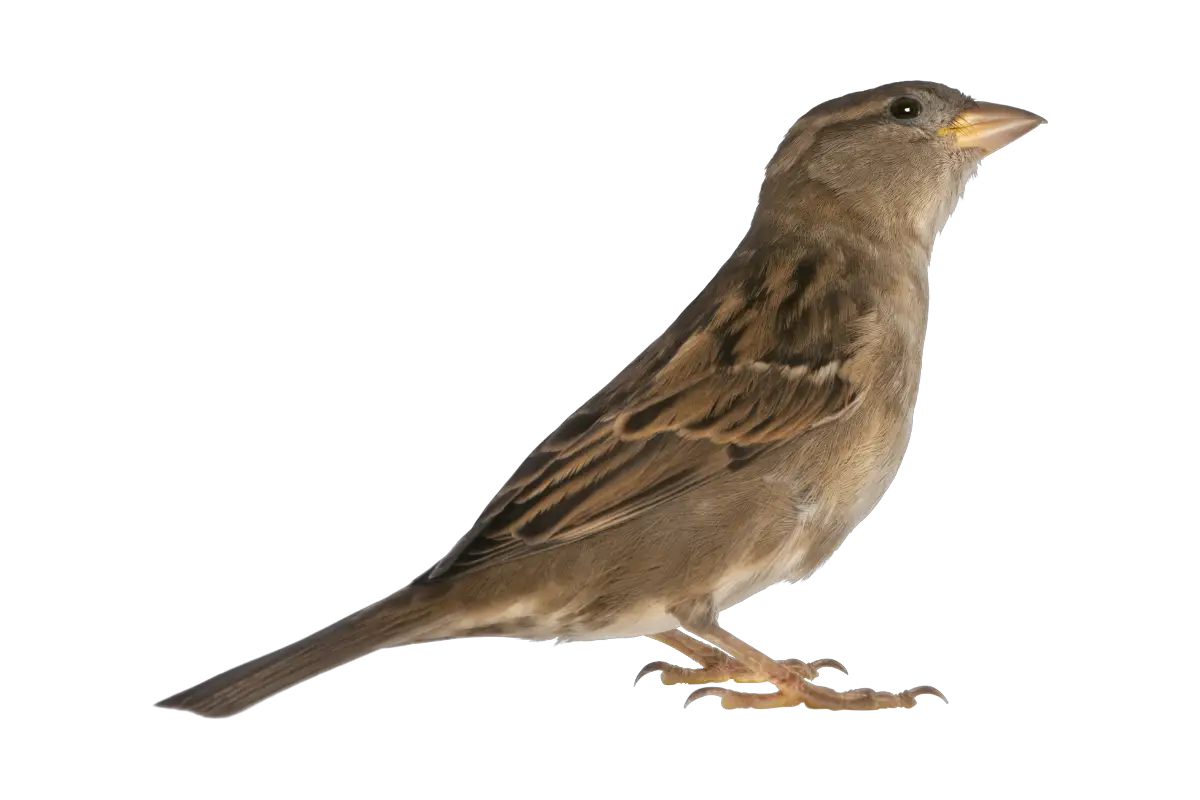
2. Look In The Right Places To Spot Birds
Now that I’ve got you looking, you need to look in the right places. It’s no good looking for birds on a busy freeway, they are just not going to be there. Birds like certain habitats and places and once you know what they are, you can go birdwatching in those places.
Your best bet is to find a body of water. Whether it’s a lake, a pond, the ocean, a puddle, or a swamp, it makes no difference; birds love water. Not only that, but they also need water to survive so if you find some, it probably won’t be long before birds show up for a drink.
Birds will also hang around on the fringes of bodies of water, where the water line meets trees or brush.
Water is the driving force of all nature.
– Leonardo DaVinci
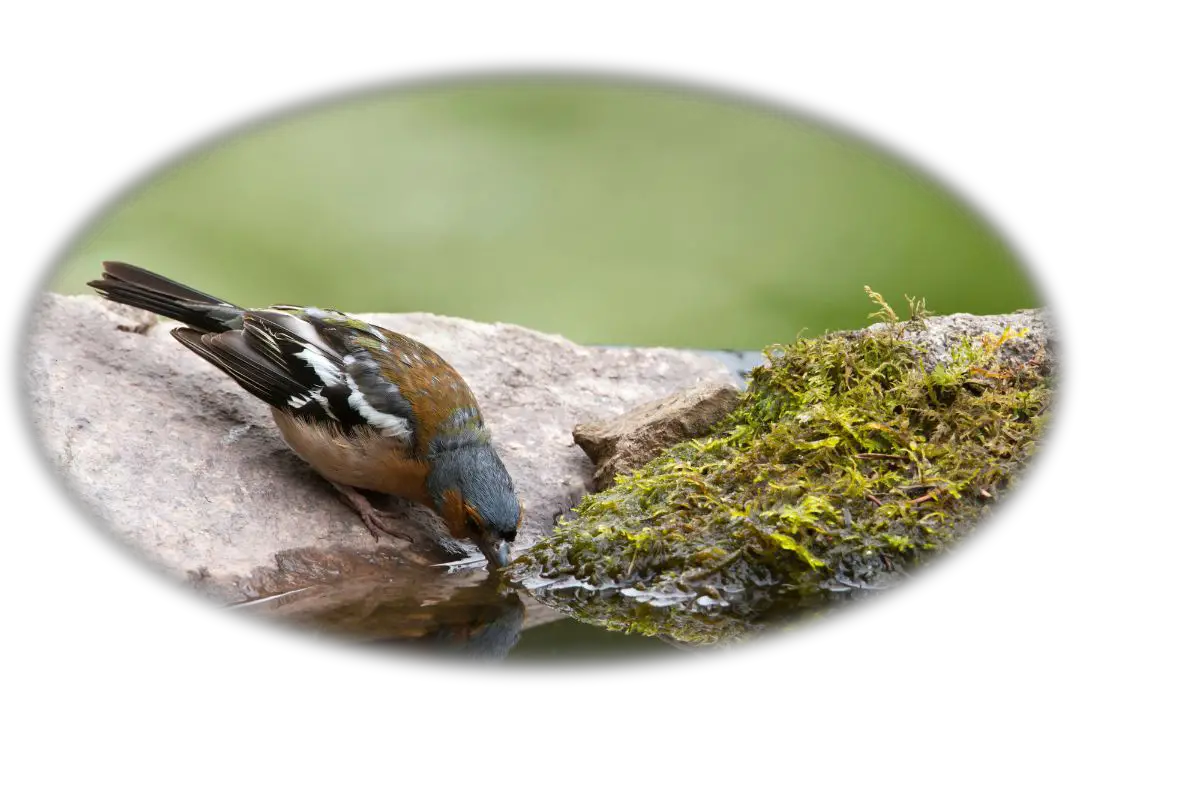
3. Look At The Right Times To Spot Birds
If you are birdwatching in the middle of the day and wondering why you can’t find any birds; it’s because you are birdwatching during the middle of the day! Most birds will seek shelter during the middle of the day as it is the hottest part of the day and they need to find somewhere out of the sun.
The best time to go birdwatching is around dawn and dusk. These are the times of day when birds are most active as they are fluttering about feeding. You have more chance of seeing a greater number of birds at these times.
Let every dawn be to you as the beginning of life, and every setting sun be to you as its close.
– John Ruskin
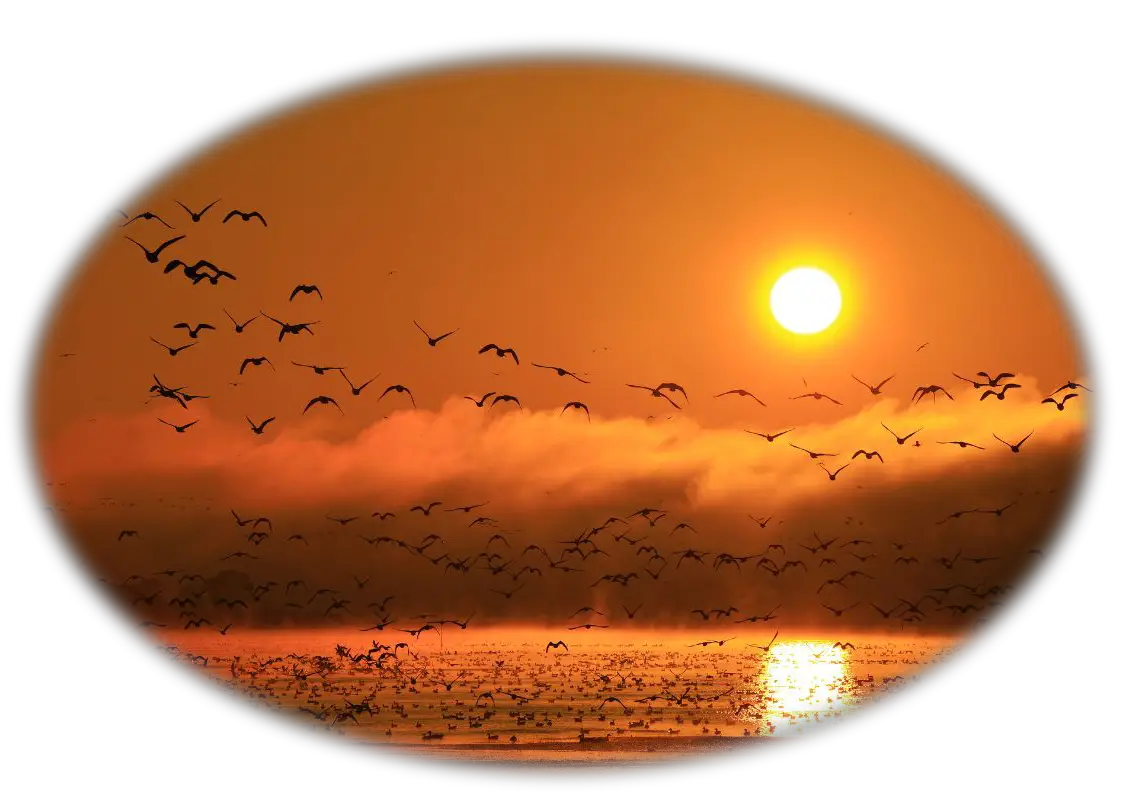
4. Think Like A Bird
You have to try and put yourself into the birds’ frame of mind. I know this sounds ridiculous but it works. If you use some common sense and logic, you will be surprised by how many birds you can find with this technique.
If you were a bird, where would you be? This will naturally change depending on the location and the species but by asking a few questions, you can figure out where birds might be in your immediate area.
Some questions you might ask yourself from a bird’s perspective are:
- What would I be doing at this time of day?
- What do I eat?
- Where could I find something to eat around here?
- Where is the nearest water source?
- Where could I find a safe perch?
If only I were a bird, I had wings…I would fly off without giving a damn about things!
– Savneet Singh
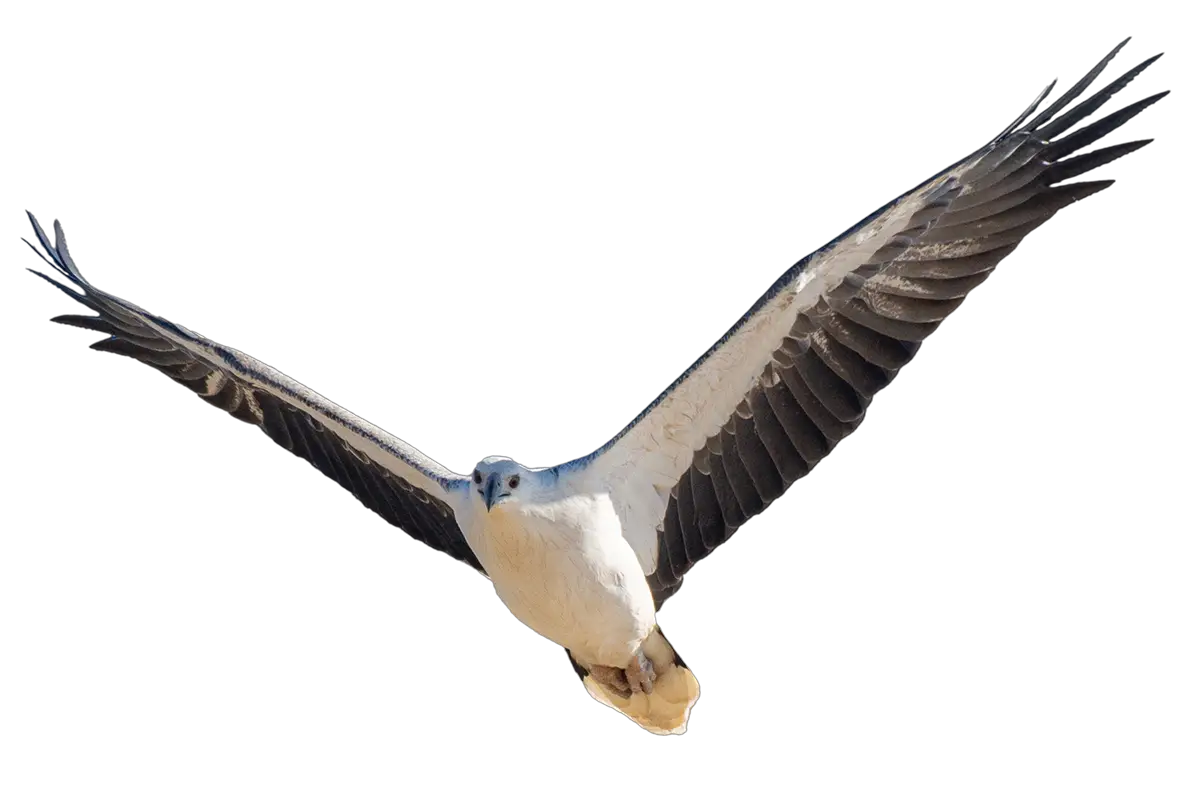
5. Learn About Birds
This step ties in with number 4. If you learn as much as you can about the birds you wish to see in your area, it makes it much easier to think like them and therefore find them.
There are many fabulous websites where you can learn about birds. Try these to start with:
- birdsoftheworld.org – The Cornell Lab Of Ornithology. This is not a free site but contains so much information about birds from all over the world. A subscription to this site costs US$49 per year.
- birdlife.org.au – Birdlife Australia. This site is completely free and contains great pictures and information about Australian birds.
- rsbp.org.uk – The RSPB Wildlife Charity. This is a great site for all UK birds and is completely free though you can choose to join or donate.
- audubon.org – National Audubon Society. This is your place for all American birds; completely free to use. You can choose to become a member or donate if you like.
There are also many smartphone apps that will teach you a lot about birds. Here at Birdwatch World, I use the Merlin Bird ID app and also eBird.
When you learn more about the birds you like to watch, you can understand where they live, what they like to eat, their migratory habits, and more. All of these things will help you to spot them more easily.
Never stop learning because life never stops teaching.
– Lin Pernille
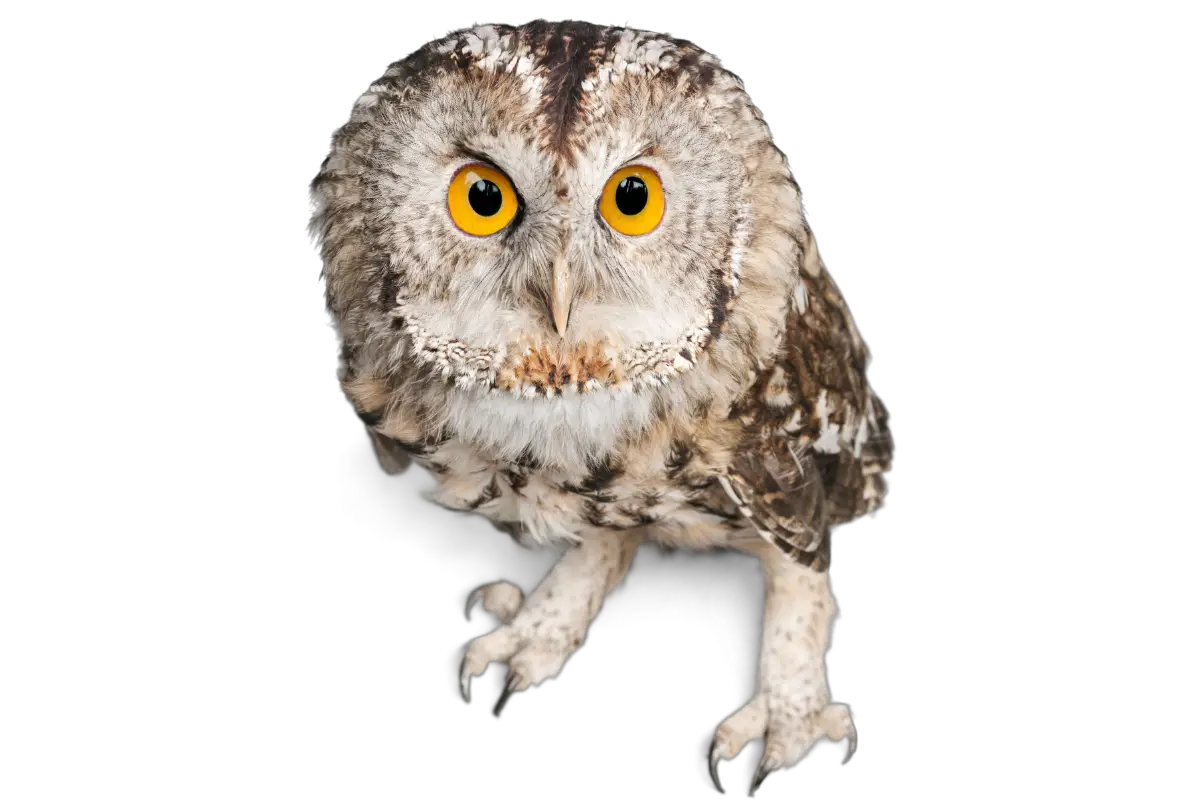
6. Look For Color
This is a technique that I wish I could make use of however I’m slightly colorblind so it doesn’t help me. Hopefully, you are not and can use this to your advantage.
If you are struggling to spot birds among thick foliage it can help to look for flashes of color. Providing the bird you are looking for does not have good camouflage, you should be able to pick out its color among the leaves.
Just the act of focusing your mind on a particular color can make it stand out to you. Give this a try next time you are birdwatching.
There’s a reason we don’t see the world in black and white.
– Celerie Kemble
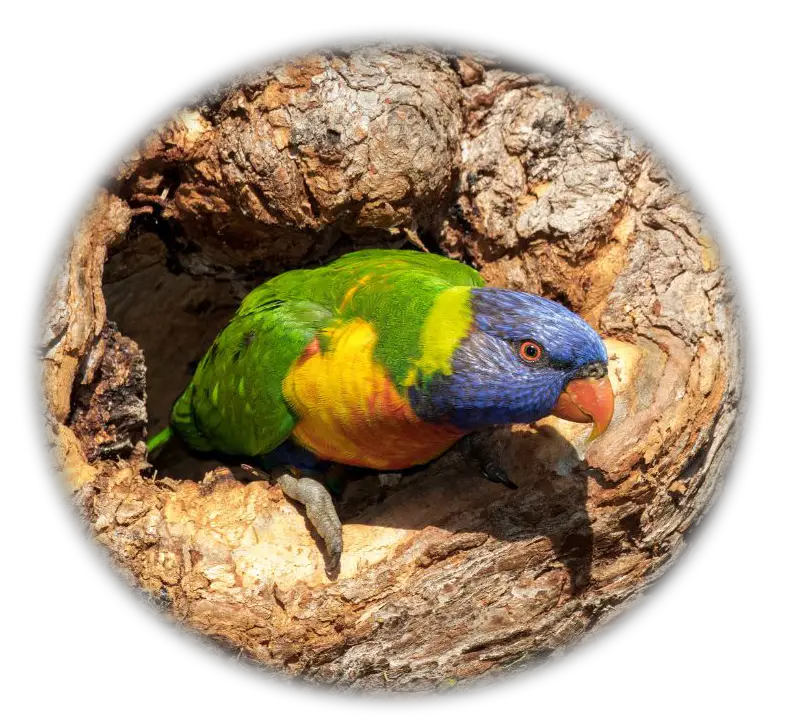
7. Look For Movement
This is my favorite technique for spotting birds. Birds don’t often stay completely still and we can use this to our advantage.
Stand completely still, fix your gaze straight ahead of you and stare at a particular spot. Keep staring at that point and don’t move. If anything moves within your realm of sight while you are doing this, it will stand out to you. This works best on days when it’s not too windy as the movement of leaves in the wind can distract from any other movement.
This approach works well for finding birds that you can hear but not see. If you can hear them in the foliage near you, you can stare in that direction and if they move at all you should see them.
Nothing happens until something moves.
– Albert Einstein
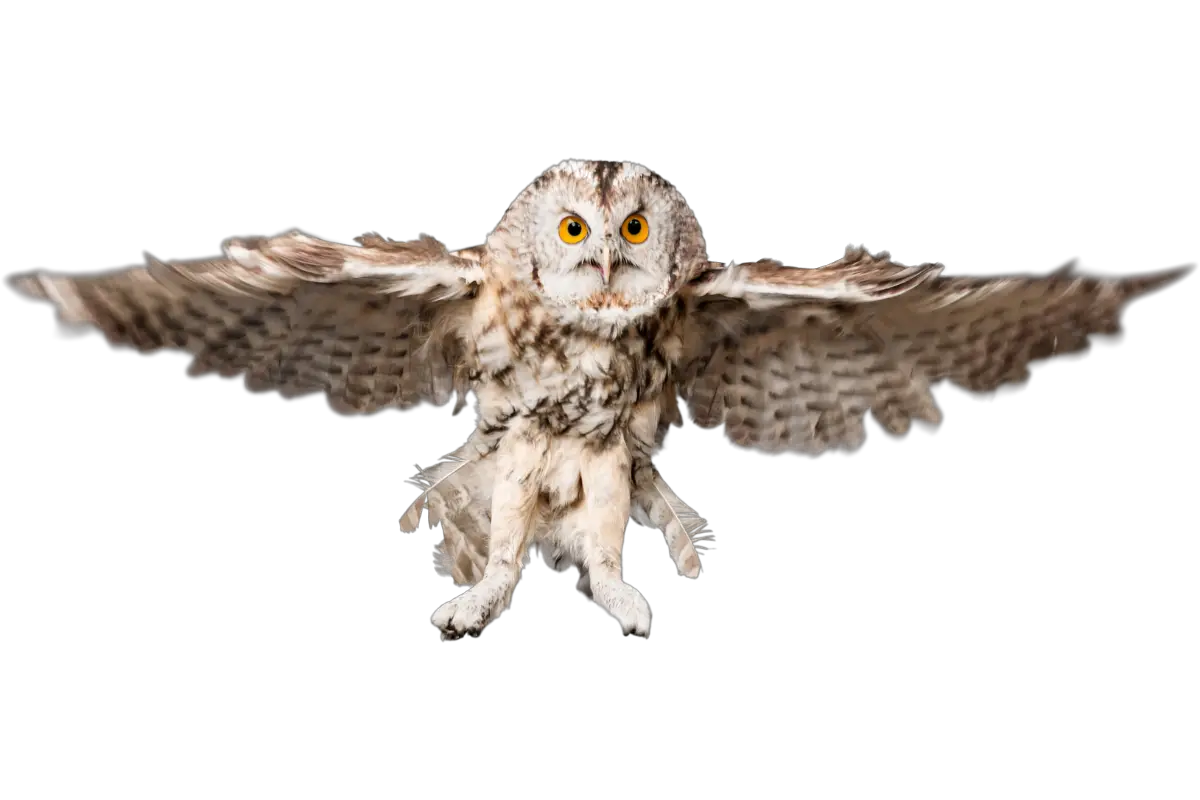
8. Look For Shape
Birds have a particular shape that is very familiar to us. In addition, their shape is also unlike anything else in their environment. We can use this to spot them.
When you’re out birdwatching, stand still and slowly scan the scene before you. You can do this with your naked eye or your binoculars (we’ll discuss these later in the article). Keep the idea of a bird shape in your mind while you do this.
As long as you are not scanning across the scene too quickly with your eyes, you should be able to pick out any birds that might be there.
It’s not only fine feathers that make fine birds.
– Aesop
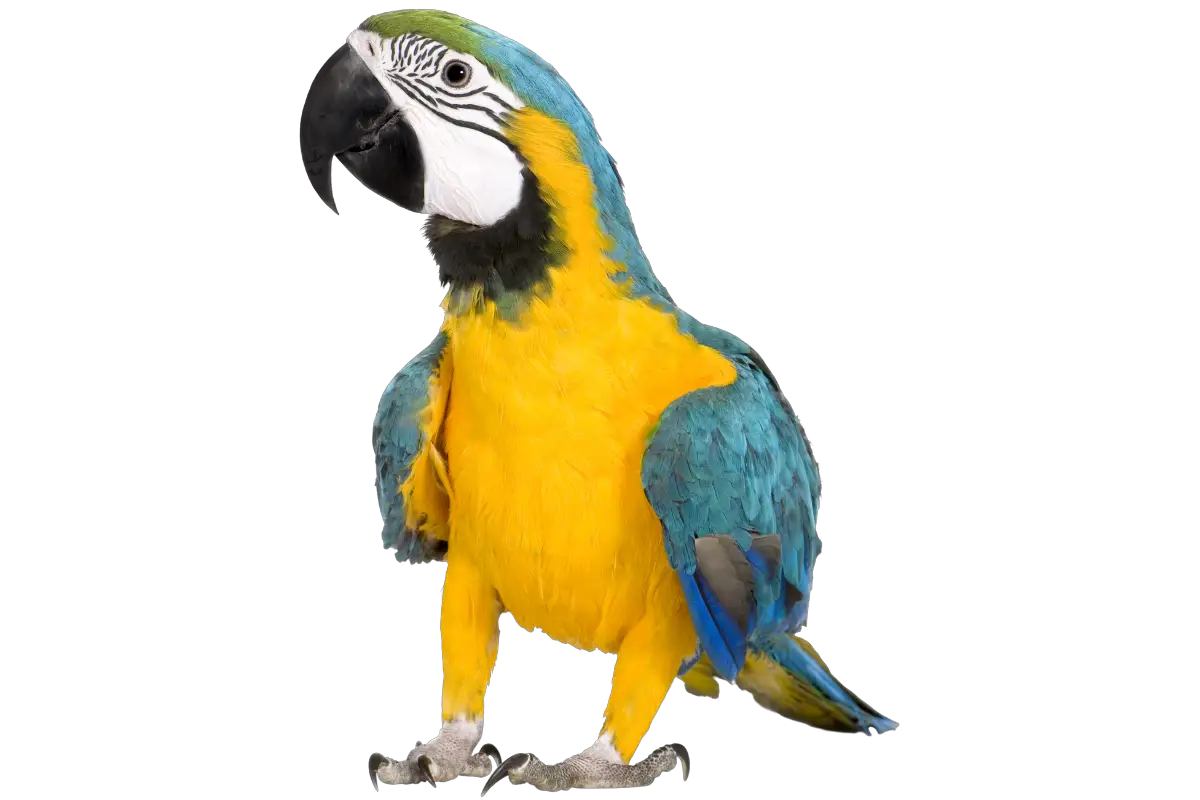
9. Listen For Their Sounds
Lucky for us, birds are not silent creatures. They sing, flap their wings, scratch around in leaves, and make any number of other sounds. This noise can help us to spot them.
Whenever you are out birdwatching, keep your ears open for any sounds of bird activity. When you hear something, stand still and try to figure out which direction the sound is coming from. Try to resist moving toward the sound as most birds will stay quiet if they feel threatened.
Sound is the vocabulary of Nature.
– Pierre Schaeffer
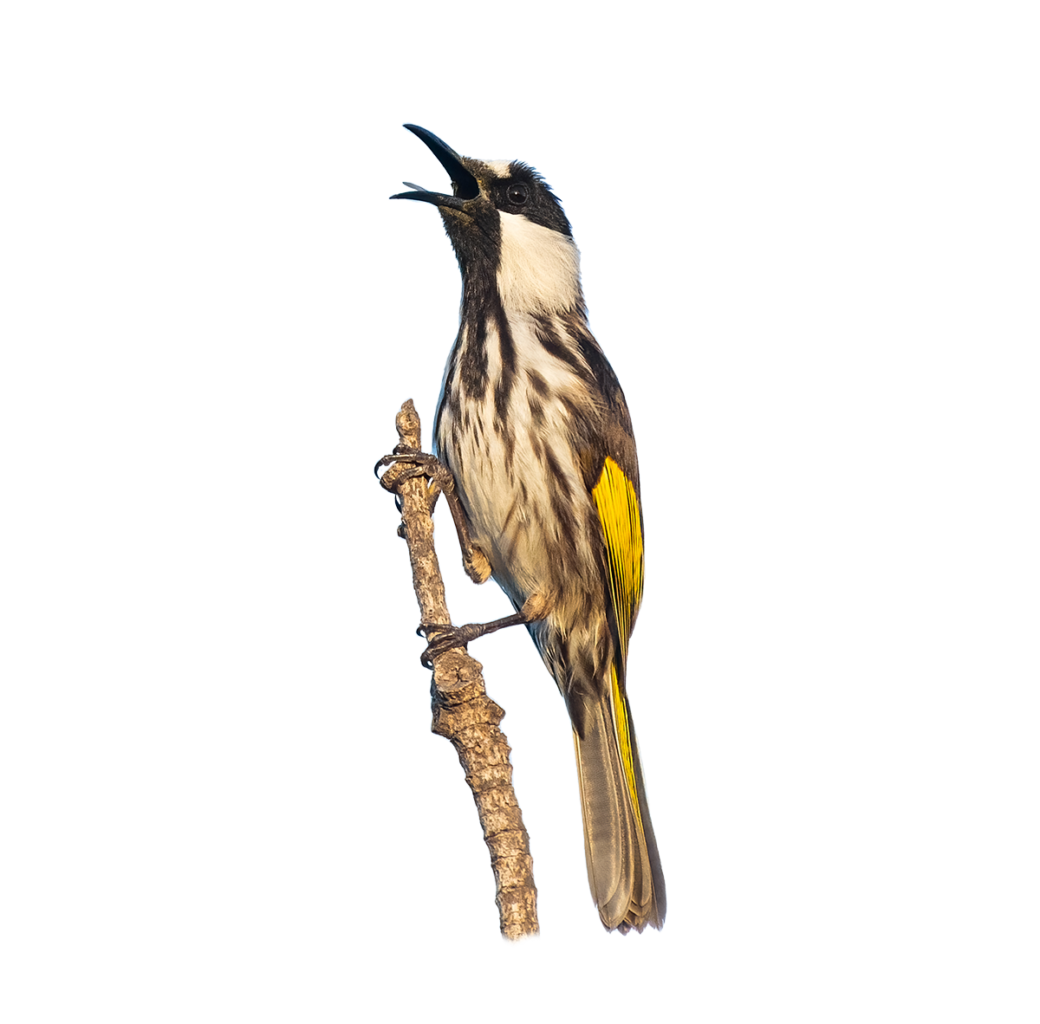
10. Use Binoculars, A Camera And Zoom Lens, Or A Spotting Scope
Our eyes can only see so far and the birds we are trying to spot are not always close by. Using a pair of binoculars, a camera and zoom lens, or a spotting scope can help us find those birds beyond the reach of our sight.
Get yourself a good pair of 8×42 binoculars. I use and recommend the Nikon Prostaff 3S 8X42 binoculars. They are waterproof, produce a good image, and are not too heavy and therefore don’t hurt your neck during long birdwatching outings.
You can find more binocular recommendations in my Binocular Magnification Chart For Birders With Easy Explanations article.
You might also like to use your camera with a zoom lens or a spotting scope. These two options involve carrying more gear with you so they’re not as convenient as using binoculars.
One tip I have when using binoculars is to try and spot the bird with your eyes first. The binoculars do not have a field of view as wide as your eyes do. It is much more likely that you will scan right past a bird when looking through binoculars. Always spot them with your eyes first and then bring your binoculars up.
I got binoculars ’cause I don’t want to go that close.
– Mitch Hedberg
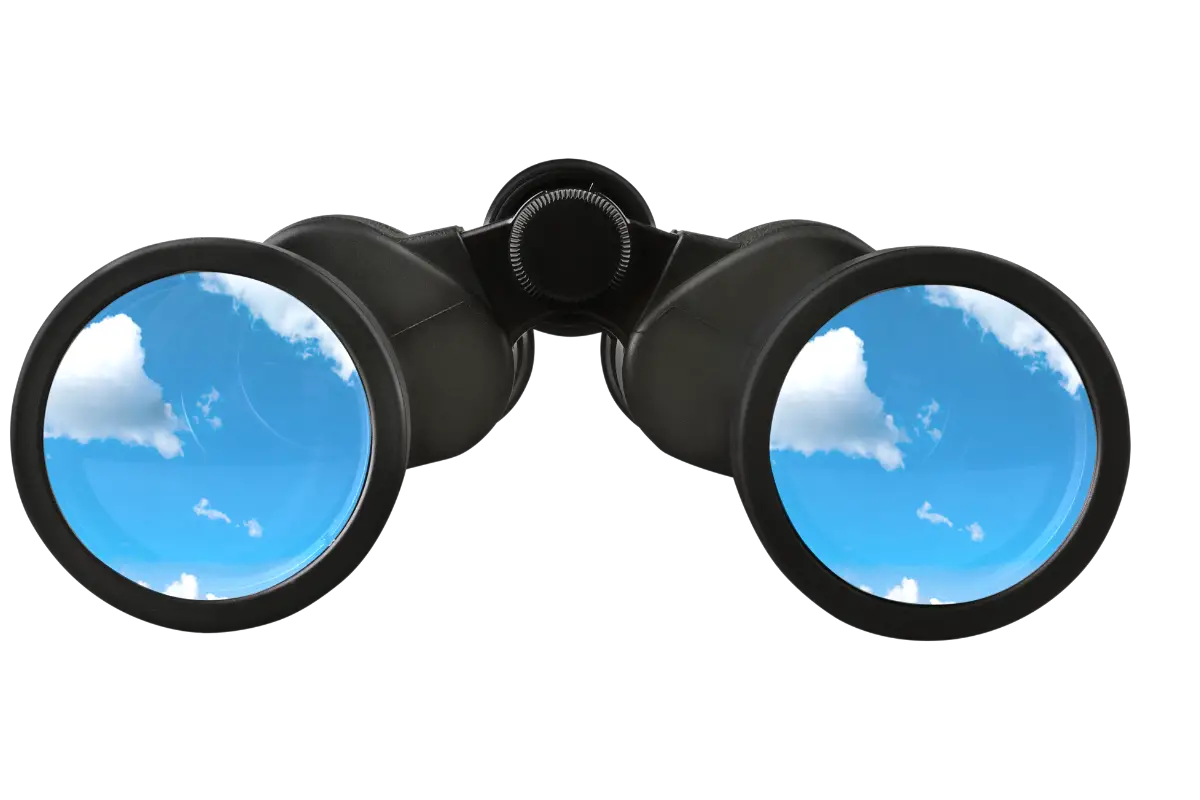
Conclusion
There you have it! 10 proven tips for spotting birds when out birdwatching. Give each of them a go the next time you go out in the field. I’m sure you will have success with at least one if not all of them.
Always be respectful to birds when birding. Don’t approach too close, NEVER approach a nest or nesting site, and try not to make sudden movements or noises that might scare them off; especially if they are hunting at the time. We are guests in their home and we should behave in the best manner we can.
You will find some additional tips for finding birds in my How To Find Birds For Photography Or Birdwatching article.
Happy birding. Maybe I will see you out there sometime…
